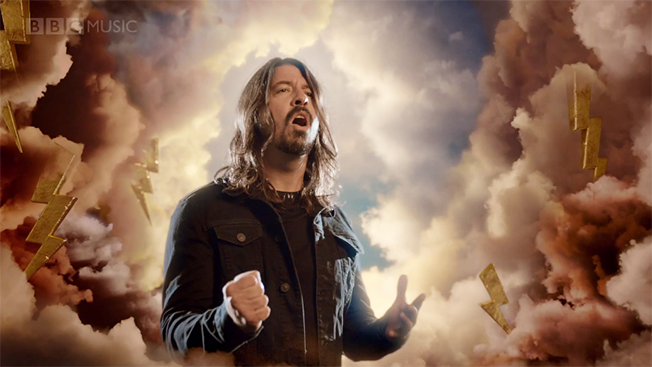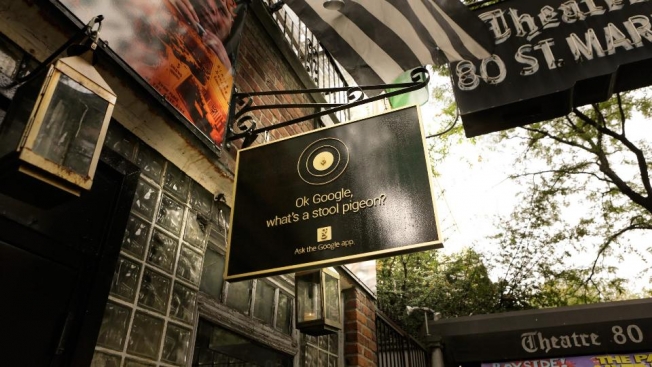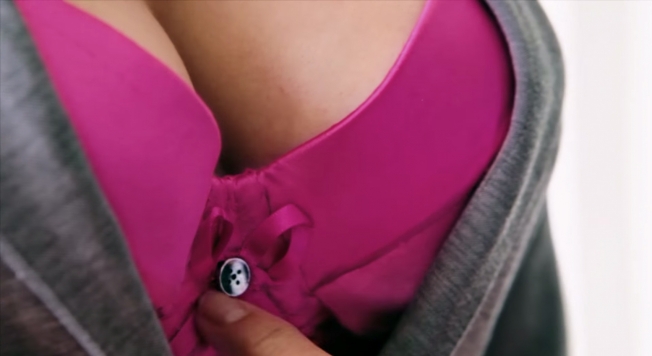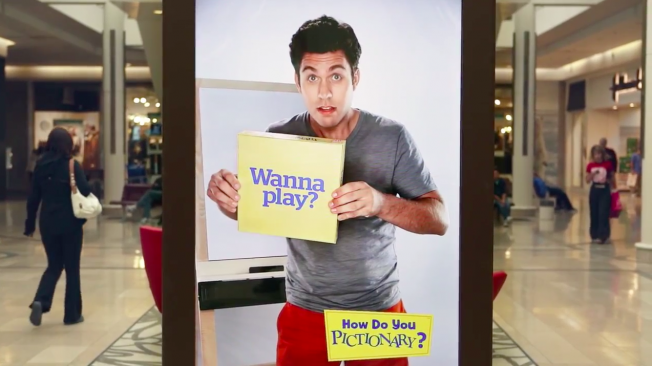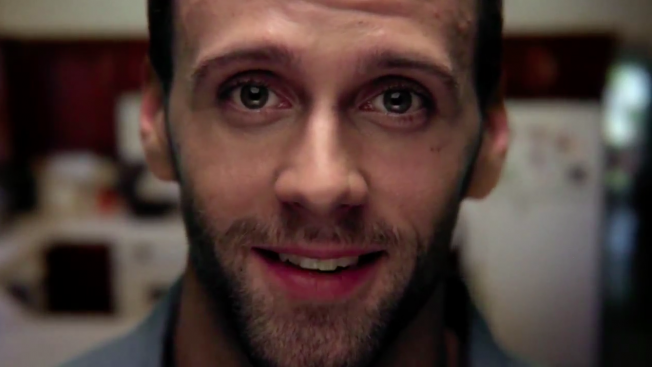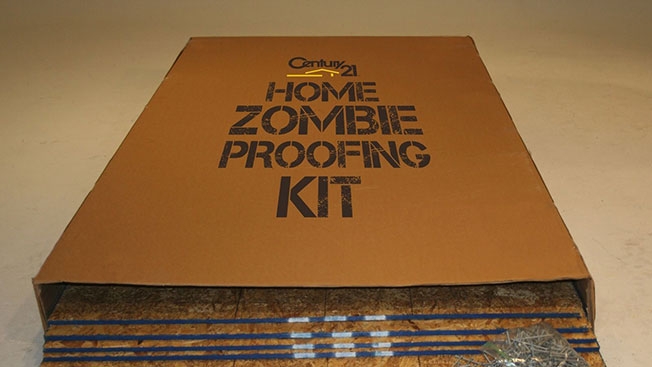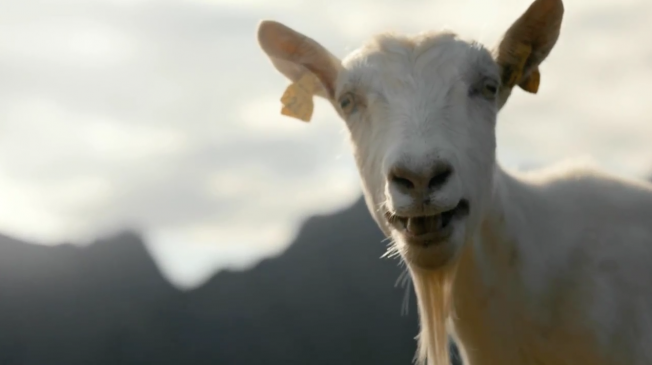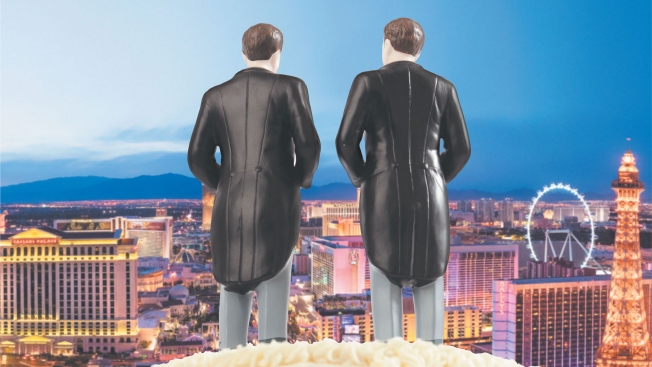![]()
By now, we’ve all seen the ads and read the glowing magazine profiles about the world’s most luxurious airline, Dubai-based Emirates: the flat beds in private quarters, the lobster and champagne, the Zen-like shower spa, the polished staff that caters to your every need. As the 30-year-old company brings glamour, service and comfort back to air travel, it continues to expand aggressively into key global markets threatening to leave U.S. carriers in its wake, forcing them to rethink their service offerings, marketing strategies and their very business plans.
Business travel, upon which all the airlines depend, is booming. The Global Business Travel Association reported that business travel originating in the U.S. grew 7.1 percent to $72.8 billion in the second quarter and is on track to jump 6.8 percent to $292.3 billion for all of 2014. Currently, the U.S. accounts for just 7 percent of Emirates’ business, but the company aims to make America one of its top three markets, says president Tim Clark, who told the World Routes Strategy Summit in Chicago last month that he is scouting new cities to add to its network of nine U.S. ports of call. Meanwhile, Emirates is fast expanding its fleet as it shoots for 70 million passengers per year by 2020, versus 40 million today.
![]()
Emirates’ slick marketing efforts, aimed at not only business travelers but also the everyday flying public, are at the heart of its grand plans. To make the brand more accessible to the average flier, the airline and agency StrawberryFrog came up with the current “Hello Tomorrow” push. Launched in 2012, the campaign “portrays a multicultural, tech-savvy company aimed at worldly consumers,” explains Scott Goodson, CEO of the agency.
No images of actual aircraft appear among the stories of people of different backgrounds crossing each others’ paths. “Our consumer studies showed that frequent travelers are most passionate about getting to know new people, not so much about what they eat on the plane or how big their seat is,” says Goodson.
Top of mind for today’s generation of travelers is adventure, points out Boutros Boutros, Emirates’ svp of marketing and brand. American newlyweds who “used to honeymoon in Florida or Mexico are now considering destinations in the Indian Ocean like the Maldives or Seychelles,” he notes.
Still, Emirates’ ad budget in the U.S. is a fraction of its rivals. Last year, the carrier spent just $2.4 million on TV spots, compared to United’s $24.8 million and Delta’s $15.9 million, per Kantar Media. Sponsorship of sports tournaments is where Emirates has focused its marketing muscle. As a partner in the FIFA World Cup, Emirates invested some $100 million over four years, joining other blue-chip sponsors Adidas, Coca-Cola, Hyundai, Sony and Visa. The airline enlisted Impact BBDO to showcase soccer superstars Cristiano Ronaldo and Pelé in a popular spot set aboard an Emirates cocktail lounge.
The airline’s stylish flight attendants, with their red hats, white veils and tan suits, are a big part of its marketing strategy, even showing up at the sports events Emirates sponsors. “Our Cabin Crew members are our most recognizable brand ambassadors—their uniforms are instantly identified with Emirates, which is a brand visibility boon at televised live events,” explains Boutros.
Because of their perpetual financial pressures, marketing by U.S. airlines tends to focus on the practical. But for Emirates, advertising creative has much less to do with the size of the seat or the vintage of the champagne. “Our brand positioning celebrates an open and global mind-set, curiosity and an energy to embrace opportunities,” says Boutros. Importantly, the airline also sees itself as a cultural ambassador. “Emirates connects cultures and creates meaningful experiences that are shaping the world,” says Maurice Flanagan, the airline’s founder and recently retired vice chairman. “We invite travelers to try the unfamiliar, create new ideas and form new visions.”
Despite being famous for its luxury, the reality is, that’s only part of the Emirates story. While premium seats at legacy airlines are far more profitable than economy seats, the opposite is true at Emirates. Its profits are in the back of the plane—not the front—according to sources, making filling those seats a priority. (While a first-class, round-trip ticket from New York to Milan on Emirates goes for $6,900, an economy seat is reasonably priced at $800.)
The rise of Emirates has rivals stateside plenty worried about their global hegemony. Until recently, Emirates flights from New York, Boston and other U.S. cities have stopped at Dubai International Airport, which made it easier for North American and European airlines with direct flights to compete. But this month, it introduced the New York to Milan route, signaling a battle royale with legacy carriers like United, Delta and American (not to mention Alitalia), which reap 40 percent of their profits from premium travelers. And Emirates, which is wholly owned by the oil-rich government of Dubai, is just one of a handful of well-financed Persian Gulf airlines, including Etihad Airways and Qatar Airways, with an eye on the U.S.
“Full-service legacy carriers in the U.S. and Europe are facing serious disruption, with fierce competition from Gulf-based carriers on long-haul routes and pressure from low-cost carriers on short-haul routes,” notes Raymond Kollau, founder of the aviation news site Airline Trends. “Their margins are getting squeezed on both sides.”
The Internet is making a tough situation even tougher. Along with finding the lowest available fares for a given seat, seasoned travelers are using sites like SeatGuru and Routehappy to discover and compare all the products and services offered on competing business- and first-class flights.
By now, most airlines have upgraded long-haul business class with flat-bed seats and other amenities, shrinking the comfort differences between business class and first class but keeping the huge difference in price. (A long-haul business-class ticket averages $10,000 and a similar first-class ticket runs about $20,000, per Atmosphere Research.) Squeezed legacy airlines are also replacing many of their first-class accommodations with business-class seats, points out Henry Harteveldt, founder of Atmosphere Research Group, a research consultancy catering to the airline industry. Delta offers only business class and coach on long-haul flights, while United is rumored to be phasing out its first-class service on longer flights, and American Airlines is getting rid of first class on 50 of its jets.
Meanwhile, Emirates’ business plan flies directly against that trend, as it grows first class and focuses on luxury that goes far beyond a seat that turns into a bed. Demand for the 14 first-class seats on each of its Airbus A380s outstripped all other offerings last year, according to the company.
As Mike Crump, partner at the design firm Honour Branding, which counts airlines among its clients, puts it, “Emirates and a few other airlines have responded by heavily investing in services that take their inspiration from luxury hotels around the world. These innovations help build their brand equity.”
And that they have. Emirates this year was rated the most valuable airline brand worldwide by the U.K. consultancy Brand Finance. In 2013, it was named the world’s best airline by Skytrax, based on 19 million customer surveys. Emirates’ first-class lounge at Dubai International was also ranked the world’s best in the 2013 World Travel Awards, which are selected by travel agents.
Contrast that with premium long-haul travel elsewhere. United’s BusinessFirst, for instance, provides flat-bed seats, multicourse meals, extra storage and free on-demand entertainment. In addition to promoting those services to corporate travelers via TV, digital and billboards, United features the service as part of its general market “Flyer Friendly” campaign, notes Mark Krolick, managing director of marketing and product development.
For its part, Delta’s customer research indicates that long-distance travelers care more about getting a restful sleep versus niceties like gourmet meals and entertainment. “Based on that insight, our BusinessElite full flat seats have direct aisle access and premium bedding branded by Westin Hotels,” a company rep says. And rather than targeting corporate customers, Delta advertises premium and coach offerings across market segments. “People travel in different ways for different reasons, buying a business class ticket for work, for instance, but not for family vacations,” says the Delta rep.
Carriers that still operate first class on long-haul flights are reconfiguring their aircraft to compete with Emirates. For instance, American Airlines and British Airways are reimagining how the galley in the Boeing B777’s business and first-class cabin could become a lounge for passengers after regular meal service is completed.
But industry insiders note that the newer global carriers have an edge when it comes to luxury travel, stocking their fleets with new, custom-designed A380s and B377s that seat 350 passengers and have room for whatever amenities the airlines can dream up.
And the dreams get bigger and bigger all the time. Crump’s firm helped design Etihad’s new A380 first-class, three-room apartments—yes, apartments—dubbed Residence class. It’s little wonder Etihad, based in Abu Dhabi, beat out Emirates as the world’s best airline, best cabin crew and best first-class service in the 2013 World Travel Awards.
Those dreams may be limited only by the routes the airlines can secure. Fliers already know by way of advertising and word of mouth that Emirates and Singapore Airlines offer a superior experience—they just don’t happen to travel to every destination in the world. (Just last week, some of Emirates 3.6 million Facebook fans debated that very point.)
So, the airlines scramble to add the most popular routes, introduce the next fabulous service—and beat the other guy. Brand loyalty seems, at best, ephemeral as these carriers try to one up each another. As Kollau points out, “These customers will vote with their wallets every time new routes are added by these best-of-the-best carriers.”
